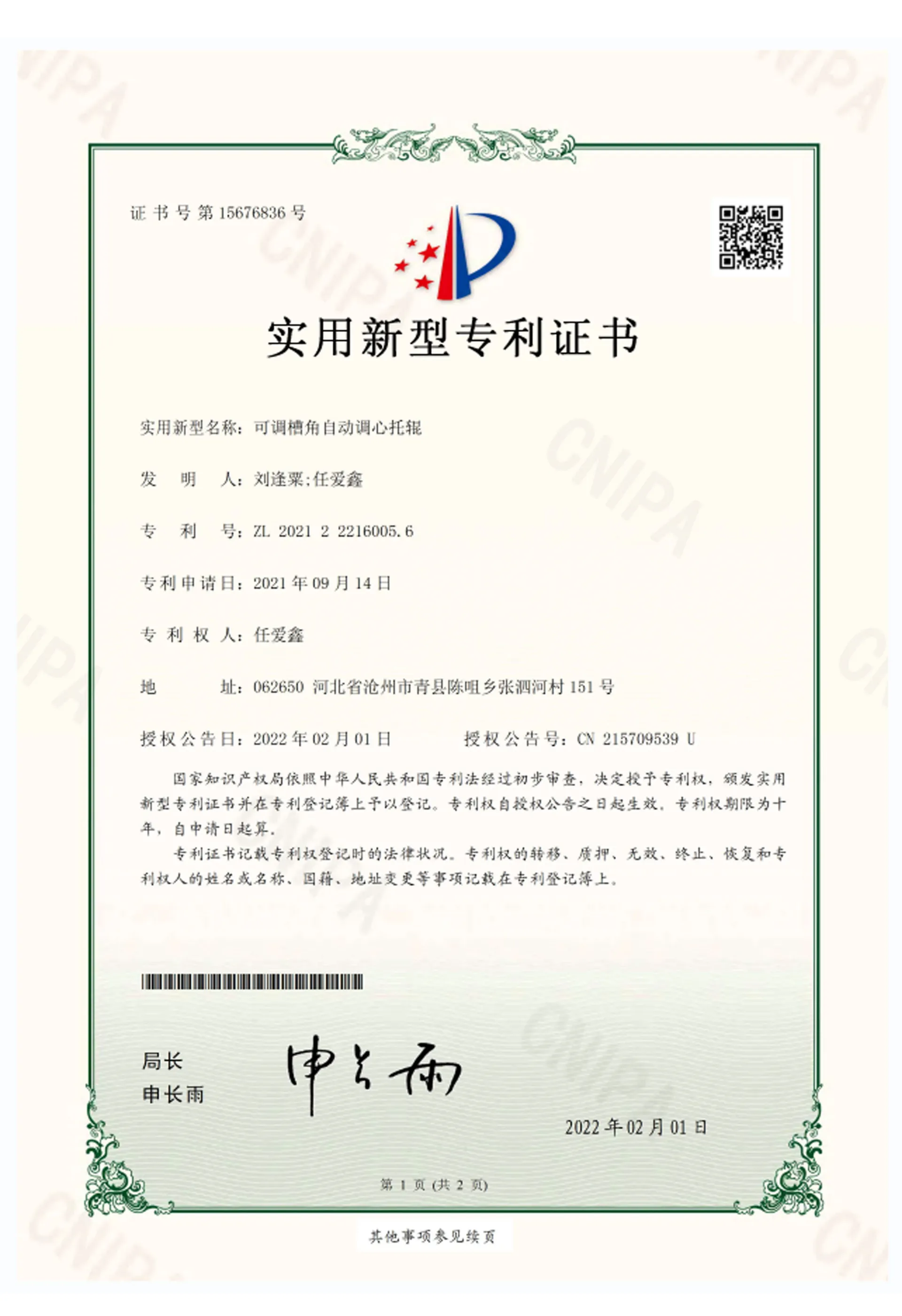 Afrikaans
Afrikaans  Albanian
Albanian  Amharic
Amharic  Arabic
Arabic  Armenian
Armenian  Azerbaijani
Azerbaijani  Basque
Basque  Belarusian
Belarusian  Bengali
Bengali  Bosnian
Bosnian  Bulgarian
Bulgarian  Catalan
Catalan  Cebuano
Cebuano  Corsican
Corsican  Croatian
Croatian  Czech
Czech  Danish
Danish  Dutch
Dutch  English
English  Esperanto
Esperanto  Estonian
Estonian  Finnish
Finnish  French
French  Frisian
Frisian  Galician
Galician  Georgian
Georgian  German
German  Greek
Greek  Gujarati
Gujarati  Haitian Creole
Haitian Creole  hausa
hausa  hawaiian
hawaiian  Hebrew
Hebrew  Hindi
Hindi  Miao
Miao  Hungarian
Hungarian  Icelandic
Icelandic  igbo
igbo  Indonesian
Indonesian  irish
irish  Italian
Italian  Japanese
Japanese  Javanese
Javanese  Kannada
Kannada  kazakh
kazakh  Khmer
Khmer  Rwandese
Rwandese  Korean
Korean  Kurdish
Kurdish  Kyrgyz
Kyrgyz  Lao
Lao  Latin
Latin  Latvian
Latvian  Lithuanian
Lithuanian  Luxembourgish
Luxembourgish  Macedonian
Macedonian  Malgashi
Malgashi  Malay
Malay  Malayalam
Malayalam  Maltese
Maltese  Maori
Maori  Marathi
Marathi  Mongolian
Mongolian  Myanmar
Myanmar  Nepali
Nepali  Norwegian
Norwegian  Norwegian
Norwegian  Occitan
Occitan  Pashto
Pashto  Persian
Persian  Polish
Polish  Portuguese
Portuguese  Punjabi
Punjabi  Romanian
Romanian  Russian
Russian  Samoan
Samoan  Scottish Gaelic
Scottish Gaelic  Serbian
Serbian  Sesotho
Sesotho  Shona
Shona  Sindhi
Sindhi  Sinhala
Sinhala  Slovak
Slovak  Slovenian
Slovenian  Somali
Somali  Spanish
Spanish  Sundanese
Sundanese  Swahili
Swahili  Swedish
Swedish  Tagalog
Tagalog  Tajik
Tajik  Tamil
Tamil  Tatar
Tatar  Telugu
Telugu  Thai
Thai  Turkish
Turkish  Turkmen
Turkmen  Ukrainian
Ukrainian  Urdu
Urdu  Uighur
Uighur  Uzbek
Uzbek  Vietnamese
Vietnamese  Welsh
Welsh  Bantu
Bantu  Yiddish
Yiddish  Yoruba
Yoruba  Zulu
Zulu drum pulley for conveyor belt
Understanding Drum Pulley for Conveyor Belts
In the realm of material handling, conveyor belts are indispensable components that facilitate the efficient transport of goods across various industries. At the heart of any conveyor system lies the drum pulley, an essential device that plays a crucial role in the overall functionality and reliability of conveyor belts.
What is a Drum Pulley?
A drum pulley is a cylindrical component that serves as a drive mechanism in conveyor systems. It can be found at both ends of the conveyor belt the head pulley, which is responsible for driving the belt forward, and the tail pulley, which helps maintain tension. The design and material of drum pulleys vary based on the specific requirements of the application they serve, including the type of materials being transported and the operating environment.
Types of Drum Pulleys
Drum pulleys can be categorized into several types, each tailored to different industrial needs
1. Drive Pulleys Commonly located at the discharge end of a conveyor, drive pulleys are typically fitted with a motor that provides the necessary torque to move the belt. They come with different surface textures to enhance grip and prevent slippage.
2. Tail Pulleys These are found at the opposite end of drive pulleys and are crucial for maintaining belt tension. They help support the belt and direct it back for reloading.
3. Snub Pulleys Used to increase the contact angle between the conveyor belt and the drive pulley, snub pulleys improve traction and help control belt tension.
4. Take-Up Pulleys These are often utilized in belt systems that require adjustment to maintain proper tension. They allow for easy modifications, ensuring continuous operation without interruptions.
Importance of Drum Pulleys in Conveyor Systems
The significance of drum pulleys cannot be overstated
. They are vital for several reasonsdrum pulley for conveyor belt

- Efficiency The right drum pulley can optimize the speed and load capacity of a conveyor system. Their design allows for smooth movement and prevents the belt from slipping, thus ensuring uninterrupted operation.
- Durability High-quality drum pulleys made from robust materials resist wear and tear, leading to longer service life for both the pulleys and the conveyor belts. This durability translates to reduced maintenance costs and downtime.
- Versatility Drum pulleys can be customized to fit various conveyor systems and applications, whether in manufacturing, mining, or logistics. Their adaptability makes them widely used across many sectors.
Making the Right Choice
When selecting drum pulleys for a conveyor belt system, several factors must be considered
- Load Capacity The pulley must be compatible with the weight and type of materials being moved.
- Diameter and Width These dimensions affect the belt's tension and the overall efficiency of the system.
- Material Pulleys are often made of steel, aluminum, or composite materials. The choice depends on the specific application and environmental conditions.
- Surface Design The surface texture of the drum pulley plays a crucial role in grip and can influence the overall performance of the conveyor belt.
Conclusion
Drum pulleys are integral to the operation of conveyor belt systems, influencing both efficiency and productivity. By understanding the types and responsibilities of these components, industries can make informed decisions that enhance their material handling processes. With the right drum pulley in place, businesses can ensure their conveyor systems operate smoothly, reliably, and effectively, ultimately contributing to their success in an increasingly competitive environment.
-
Revolutionizing Conveyor Reliability with Advanced Rubber Lagging PulleysNewsJul.22,2025
-
Powering Precision and Durability with Expert Manufacturers of Conveyor ComponentsNewsJul.22,2025
-
Optimizing Conveyor Systems with Advanced Conveyor AccessoriesNewsJul.22,2025
-
Maximize Conveyor Efficiency with Quality Conveyor Idler PulleysNewsJul.22,2025
-
Future-Proof Your Conveyor System with High-Performance Polyurethane RollerNewsJul.22,2025
-
Driving Efficiency Forward with Quality Idlers and RollersNewsJul.22,2025





























